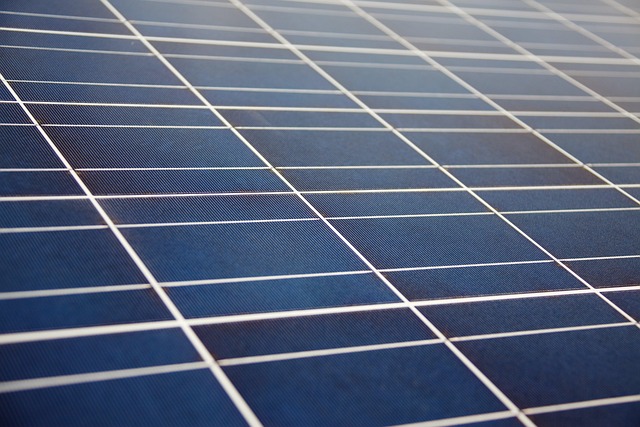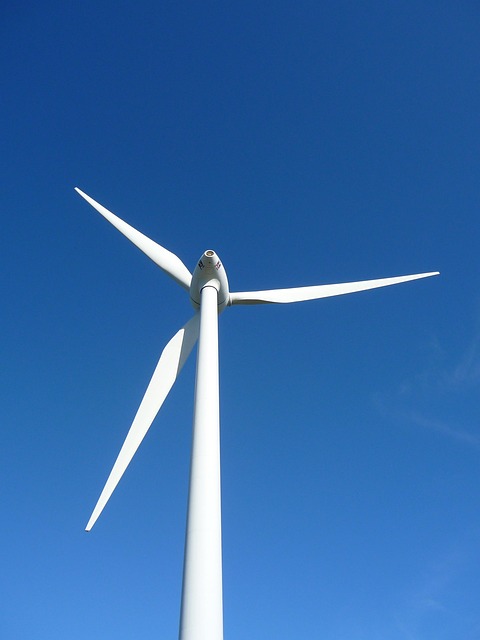
The Intersection of Technology and Clean Energy: Smarter Solutions Ahead
The world is in the midst of a significant transformation, one that brings together two of the most critical components for sustainable progress: technology and clean energy. The urgency of addressing climate change, coupled with the relentless pace of innovation, has paved the way for revolutionary solutions that promise to redefine energy production, distribution, and consumption. In this article, we will explore how advancements in technology are enhancing clean energy initiatives, the benefits of these intersections, and the future landscape of energy systems worldwide.
Understanding Clean Energy
Clean energy refers to sources of power that have a minimal negative impact on the environment. This includes renewable energy sources such as solar, wind, hydro, and geothermal energy, which are derived from natural processes that are replenished at a faster rate than they are consumed. By shifting away from fossil fuels, which emit greenhouse gases and contribute to global warming, the transition to clean energy has become essential in our quest for sustainability.
The Role of Technology in Advancing Clean Energy
Technology plays a pivotal role in the advancement of clean energy solutions. One of the most significant ways technology enhances renewable energy production is through improved efficiencies and reductions in cost. Smart technologies are not only making clean energy less expensive but also more reliable and accessible to the masses.
Smart Grids
Smart grids represent a technological evolution in the electrical grid, incorporating digital communication technology to monitor and manage the transport of electricity from all generation sources. This connectivity allows for real-time data analytics, leading to optimized energy distribution and consumption. By integrating renewable sources like solar and wind into the grid, smart grids help balance demand and supply, thus reducing reliance on traditional fossil fuel-based power generation.
Energy Storage Solutions
The intermittent nature of renewable energy sources, particularly solar and wind, poses a significant challenge for their adoption. Technological advancements in energy storage solutions, including batteries and other storage technologies, have been crucial. Lithium-ion batteries, for instance, have witnessed substantial improvements in energy density and cost-effectiveness. Beyond lithium-ion, newer technologies such as solid-state batteries and flow batteries promise even greater efficiencies and longer lifespans.
Artificial Intelligence and Big Data Analytics
Artificial intelligence (AI) and big data analytics are changing the landscape of clean energy by enabling more informed decision-making processes. AI algorithms can analyze vast amounts of data generated by renewable energy systems, facilitating predictive maintenance and optimizing performance. Furthermore, these technologies can forecast energy demand and supply patterns, helping energy providers manage resources more efficiently and reduce waste.
Benefits of the Technology-Clean Energy Nexus
The intersection of technology and clean energy brings forth numerous benefits that extend beyond environmental impact. The advantages include economic growth, job creation, enhanced energy security, and improved public health.
Economic Growth and Job Creation
The clean energy sector is a rapidly growing industry that contributes to job creation and economic development. According to the International Renewable Energy Agency (IRENA), renewable energy jobs are expected to exceed 24 million globally by 2030. As technology advances, new installations and innovations lead to numerous high-skilled positions, from engineering to manufacturing and services.
Enhanced Energy Security
Diversifying energy sources through technology fosters greater energy security. By reducing dependence on fossil fuel imports and utilizing domestically available renewable resources, countries are better equipped to manage fluctuations in energy prices and geopolitical tensions. This enhanced security promotes stability and resilience in national and global energy systems.
Improved Public Health
The transition to clean energy also has profound implications for public health. Conventional energy sources, particularly coal and oil, contribute to air pollution and associated health risks, including respiratory diseases and cardiovascular issues. By relying on clean energy, we can significantly reduce emissions and improve the air quality for communities around the world. Technology plays a crucial role in monitoring environmental pollution levels, enabling more effective policy responses and public awareness initiatives.
Challenges Facing the Integration of Technology and Clean Energy
Despite the multitude of benefits associated with the confluence of technology and clean energy, several challenges remain. Understanding and addressing these obstacles is essential for ensuring the successful implementation of smarter energy solutions.
Infrastructure and Investment
The current energy infrastructure in many regions is outdated and ill-equipped to support the integration of renewable energy sources. Upgrading this infrastructure requires significant investments, which can be a barrier for many governments and private entities. Additionally, regulatory frameworks must adapt to accommodate new technologies, encouraging innovation while ensuring consumer protection and grid reliability.
Intermittency and Reliability
While advancements in energy storage technologies are making renewables more reliable, the intermittency of solar and wind power can still pose challenges for grid stability. Balancing supply and demand in real time, particularly during peak hours, is crucial. Continued innovation in energy storage solutions and grid management technologies will be vital to addressing these concerns.
Public Perception and Awareness
The successful integration of clean energy solutions is also influenced by public perception and awareness. Misconceptions about the efficiency, reliability, and cost of renewable energy can hinder adoption. It is critical to engage communities and invest in education campaigns that highlight the benefits of clean energy technologies and how they can be effectively integrated into everyday life.
Future Prospects: Smarter Solutions Ahead
As we look to the future, the intersection of technology and clean energy is poised to unleash smarter solutions that will define the energy landscape. The ongoing development and deployment of innovative technologies will further accelerate the transition towards a sustainable energy future.
Decentralized Energy Systems
Decentralized energy systems, such as microgrids, empower communities to produce and manage their energy independently. By adopting local renewable energy sources and storage solutions, these systems increase resilience against outages and promote energy sovereignty. Technology will continue to facilitate the building of these systems, enabling efficient energy management at the local level.
Blockchain in Energy Transactions
Blockchain technology offers exciting possibilities for clean energy by enabling transparent and secure peer-to-peer energy trading. Individuals and businesses can directly trade surplus energy generated from their solar panels or energy storage systems, thus promoting local energy markets and reducing reliance on centralized power providers. The implementation of blockchain solutions has the potential to streamline administrative processes and enhance trust among energy consumers.
Smart Energy Management Systems
Home and building automation technologies will play an integral role in optimizing energy consumption. Smart energy management systems, powered by IoT (Internet of Things) devices, enable consumers to monitor their energy usage, control appliances remotely, and make informed choices about their consumption patterns. This increased awareness leads to reduced waste and lower utility bills while supporting grid stability.
Conclusion
The intersection of technology and clean energy presents one of the most promising pathways toward a sustainable future. As innovations continue to unfold, the benefits of cleaner, more efficient, and safer energy options will contribute significantly to the global economy while addressing the urgent challenges of climate change. The journey is not without its hurdles, but the collaboration of governments, businesses, and society at large is pivotal in overcoming these challenges and embracing a smarter, cleaner energy landscape.
As we move forward, it is essential for all stakeholders to keep pushing the boundaries of what’s possible, harnessing technology’s full potential to create an environmentally sustainable, economically viable, and socially equitable energy future. Together, we can advance toward smarter solutions that benefit not only the planet but also generations to come.



